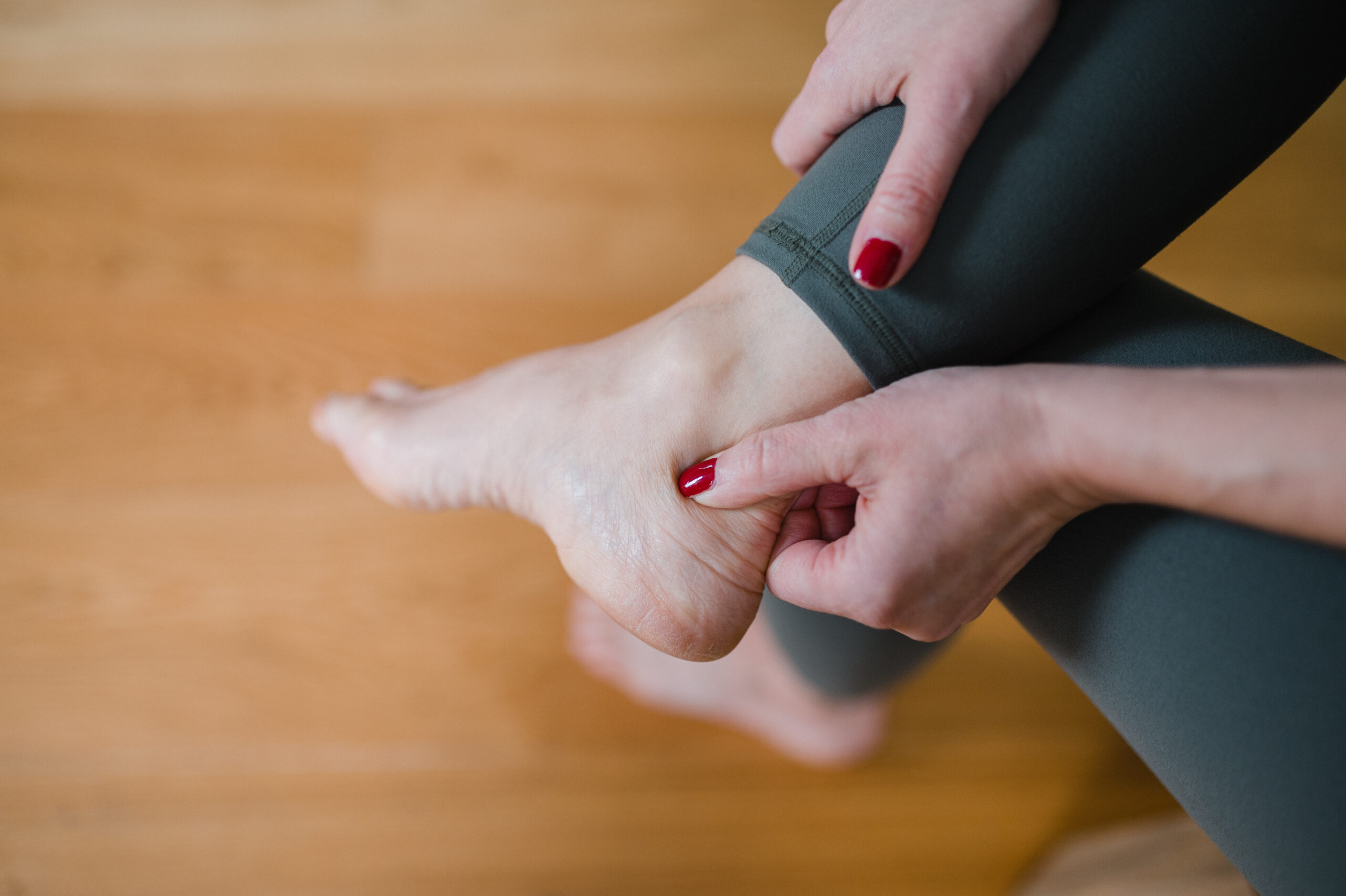Can a Torn Achilles Tendon Heal on Its Own?
A torn Achilles tendon is a serious injury that can disrupt daily life, but can it heal on its own without surgery or professional intervention? It’s a common question after such an injury, especially for individuals hoping to avoid surgery or a long recovery process.
In this blog, we’ll explore whether a torn Achilles tendon can truly heal without surgical repair, what the natural healing process might involve, and the full range of treatment options available.
While some may attempt to “tough it out,” proper care is often critical to avoid long-term complications and regain full function. Ignoring the injury or delaying treatment can lead to reinjury or chronic limitations.
What is the Achilles Tendon?
Anatomy Overview
The Achilles tendon is the thickest and most powerful tendon in the human body. It links the calf muscles—specifically the gastrocnemius and soleus—to the heel bone (calcaneus), enabling essential movements like walking, running, jumping, and pushing off with your foot.
Common Injuries
Achilles tendon injuries often occur due to:
- Sudden increases in physical activity
- Sports that involve running or jumping
- Poor conditioning or tight calf muscles
- Overuse or repetitive stress over time
Understanding a Torn Achilles Tendon
Types of Tears
- Partial Tear: A partial tear involves damage to some of the tendon fibers, but the tendon remains intact and not fully ruptured.
- Complete Tear (Rupture): The tendon is fully severed and no longer connects the muscle to the heel. This often requires surgical intervention.
Symptoms
- A sudden, intense pain is felt in the back of the lower leg or ankle area
- Swelling or bruising
- Inability to push off the foot when walking
- A distinct snapping sensation or audible “pop” may occur at the moment the injury happens
- Weakness and difficulty standing on tiptoe
Is It Possible for a Torn Achilles Tendon to Heal Without Medical Intervention?
Healing Without Surgery
Yes, certain Achilles tendon injuries—especially partial tears—may recover without the need for surgical intervention. Conservative treatment may be successful if the tear is minor and diagnosed early.
However, complete ruptures rarely heal properly on their own without medical attention.
Factors Affecting Natural Healing
- Severity of the Tear: Partial tears may respond well to non-surgical approaches. Complete ruptures often need surgery for full recovery.
- Age and Activity Level: Younger, active individuals generally benefit more from surgical repair to restore strength and function. Older or less active individuals may recover well with conservative care.
- Proper Rest and Immobilization: Healing requires keeping the tendon immobilized—typically in a boot or cast—with the foot pointed downward to reduce tension on the tendon.
Conservative Treatments for a Torn Achilles Tendon
Non-Surgical Treatment Options
- Rest and Elevation: Minimize movement and elevate the foot to reduce inflammation.
- Immobilization: Using a cast or walking boot helps keep the tendon in a stable, protected position to promote healing, typically over a period of 6 to 8 weeks.
- Physical Therapy: Guided rehabilitation helps restore strength, flexibility, and range of motion.
- Ice and Pain Management: Ice packs and anti-inflammatory medications can ease pain and swelling, especially in the first few days.
Potential Complications of Non-Surgical Treatment
- Risk of Re-Injury: Without proper guidance, patients may return to activity too soon.
- Slower Recovery Time: Healing without surgery often takes longer and may not fully restore tendon strength, especially in complete ruptures.
When is Surgery Needed for a Torn Achilles Tendon?
Indications for Surgery
Surgical intervention is typically recommended when:
- The tendon is completely ruptured
- Conservative treatment has failed to restore function
- The patient is young, athletic, or highly active
Types of Surgery
- Open Surgery: This traditional method involves making a larger incision to access and suture the torn ends of the Achilles tendon.
- Minimally Invasive Surgery: Performed through smaller incisions, this technique aims to reconnect the tendon while minimizing infection risk and promoting a quicker recovery.
Recovery After Surgery
Post-surgical recovery includes:
- Immobilization in a cast or boot
- Gradual weight-bearing as tolerated
- Structured physical therapy
Risks of Surgery
- Infection
- Nerve damage
- Blood clots
- Re-rupture of the tendon
Rehabilitation and Recovery Process
Stages of Recovery
- Initial Rest and Immobilization: Whether treated surgically or conservatively, the tendon needs time to begin healing without stress.
- Physical Therapy: Starts gradually with stretching and progresses to strengthening and functional exercises.
- Gradual Return to Activity: Reintroduction of walking, then running and sports as strength and mobility return.
- Timeline for Healing: Most people require 6 to 12 months for full recovery, depending on injury severity and treatment type.
Preventing Future Achilles Injuries
- Strengthening Exercises: Calf raises, eccentric heel drops, and balance training can reinforce the tendon.
- Proper Footwear: Choose shoes with strong heel support and cushioning for high-impact activities.
- Warm-Ups and Stretching: Prepare your Achilles tendon for physical activity by incorporating dynamic stretches and proper warm-up routines.
- Gradual Increase in Activity: Increase workout intensity or duration slowly to avoid placing excessive strain on the tendon.
A torn Achilles tendon is not an injury to ignore. While partial tears can sometimes recover without surgery, complete ruptures typically require surgical repair for a successful outcome. Prompt diagnosis and an appropriate treatment strategy are crucial for effective healing and minimizing the risk of complications.
Trust our experts to support you every step of the way toward complete healing and restored movement. Contact us at Silver Spring Foot and Ankle or call us today at (717) 237-9000 for a comprehensive evaluation and a treatment plan tailored to your needs.

